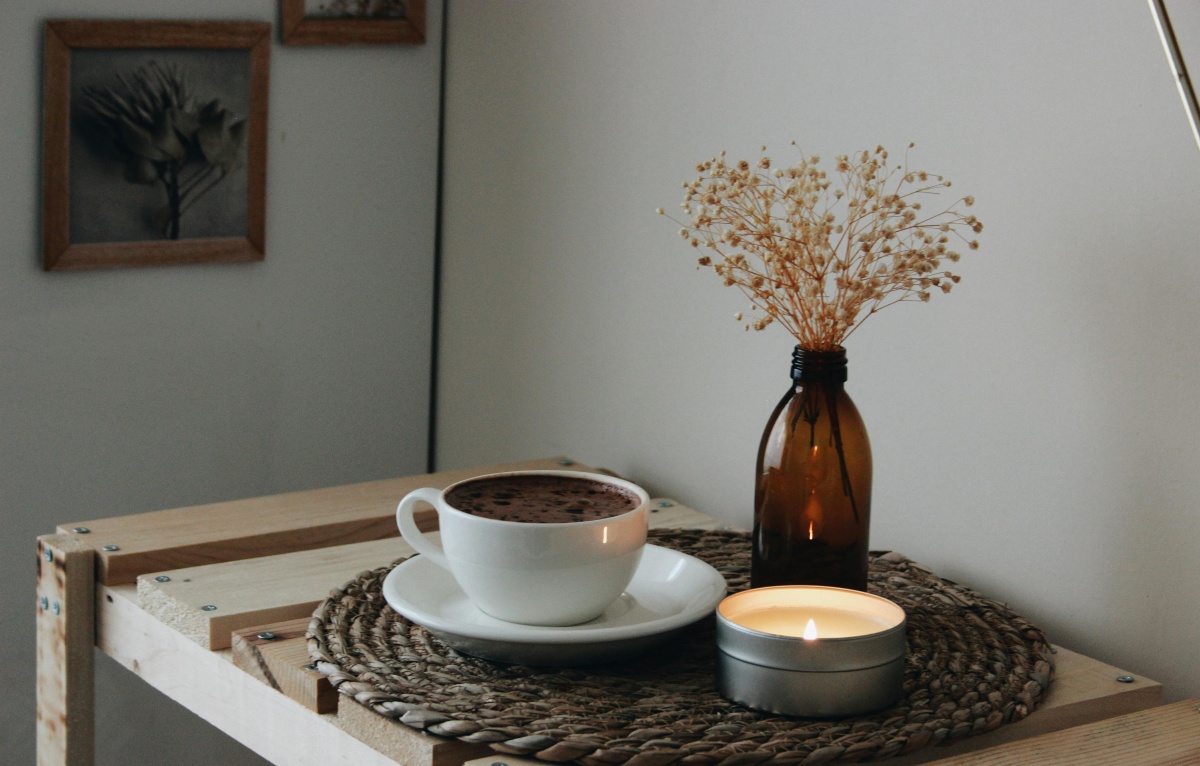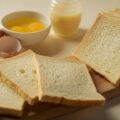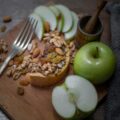Coffee
The beverage coffee is made from brewed and ground coffee beans. The stimulative effect of coffee, which is dark, bitter, and slightly acidic, is primarily due to its caffeine content, but decaffeinated coffee is also available commercially. There are also various substitutes for coffee. Coffee, which is typically served hot, is the most popular hot drink in the world market.
The process of producing coffee starts with the separation of seeds from coffee cherries to produce unroasted green coffee beans. After roasting, the ‘beans’ are ground into fine particles. Ground roasted beans are used to make coffee, which is typically steeped in hot water before being filtered out. Hot is the usual method of serving it, but chilled or iced coffee is also common. There are many ways to prepare and present coffee, including espresso, French press, caffè latte, or canned coffee that has already been brewed. To mitigate the bitter taste or enhance the flavor, it is common to add sugar, sugar substitutes, milk, and cream.
Selecting the correct beans
A great cup of coffee is made with high-quality beans as its foundation. Beans are usually classified by their roast level: light, medium, or dark. Bright, fruity flavors are characteristic of light roasts, while medium roasts provide a balance of acidity and body. Dark roasts are known to have flavors that are bold and robust, with hints of chocolate or caramel. Experiment with beans from different regions and roast levels to determine which roast level suits your taste buds best. To keep your beans fresh, store them in an airtight container away from heat, moisture, and light once you’ve found the ones you prefer.
Water Quality
The quality of your cup of coffee is greatly influenced by the quality of water, which is responsible for over 98% of its composition. To avoid interfering with the coffee’s flavors, it’s recommended to use filtered or bottled water for a clean, neutral taste. Heat the water to the ideal temperature, between 195°F and 205°F, to extract the full range of coffee’s flavors without over-extracting and creating bitterness.
Pay attention to ratios
Achieving the perfect balance of coffee, water, milk, and other ingredients is crucial for crafting a well-rounded and flavorful coffee drink. Pay attention to ratios and measurements when brewing your coffee and adding additional ingredients to ensure that each component harmonises seamlessly with the others. Adjust the ratios as needed to achieve the desired flavor profile and strength for your drink.
Experiment with flavour enhancers
Don’t be afraid to get creative and experiment with flavor enhancers to add depth and complexity to your coffee drinks. Create flavor combinations that are unique and delicious by exploring a range of flavor-infused syrups, extracts, spices, and sauces. Whether you’re adding a splash of vanilla syrup to your latte or a sprinkle of cinnamon to your cappuccino, flavor enhancers can elevate your coffee drinks to new heights.
Pay attention to the presentation
The presentation of your coffee drink is just as important as its flavor and texture. To enhance the overall drinking experience, make sure to garnish and decorate your drinks with care and add visual interest and flair. Whether you’re sprinkling cocoa powder over a cappuccino. Whether it’s latte art that’s intricate or an espresso martini that’s topped off with citrus zest, paying attention to detail can transform your coffee drinks from ordinary to extraordinary.
Practice consistency and quality control
To create the perfect coffee drink, consistency is crucial, whether you’re serving one customer or a hundred. Establish standard recipes, procedures, and quality control measures to ensure that each coffee drink meets your exacting standards for flavor, texture, and presentation. To ensure consistency and excellence in every cup served, train your staff or yourself rigorously.
Master the art of pour-over coffee
Take into account the quantity of coffee and water. For a cup that is neither too strong nor too weak, brew with a 1:17 ratio of coffee to water.
Preventing Burnt Coffee by managing heat
Brewing coffee requires heat, but too much heat can be detrimental. When brewed coffee sits on a coffee machine’s hot plate for 20 minutes, it begins to degrade and develop a burnt flavor. The difference in flavor becomes noticeable after 40 minutes. To avoid burnt coffee, brew only the amount you intend to drink immediately or use a thermal carafe to keep your coffee warm without overexposing it to heat.
Cupping and tasting coffee
To taste and judge coffee, coffee cupping is a method. Learning about the flavor profiles of different beans and brewing methods is aided by it. The special tastes, smells, and textures of each coffee can be observed through this method. Coffee is more than just a beverage – it’s a sensory experience that can transport you to distant lands and unlock a world of flavors. Tasting and enjoying each cup of coffee can improve your coffee time, whether you love it or are new to craft coffee flavors. Experiment with new things and relish the diverse flavors offered by the craft coffee scene.
The process of crafting coffee
Crafting the perfect cup of coffee is a form of art. It requires focus and knowledge of the coffee brewing process. It’s important to pick the right beans and grind them precisely. Make sure to adjust both the water temperature and brew time. The coffee’s taste improves with each step. The process of learning how to make craft coffee is a journey. Your skill and love for quality are evident in every cup.






